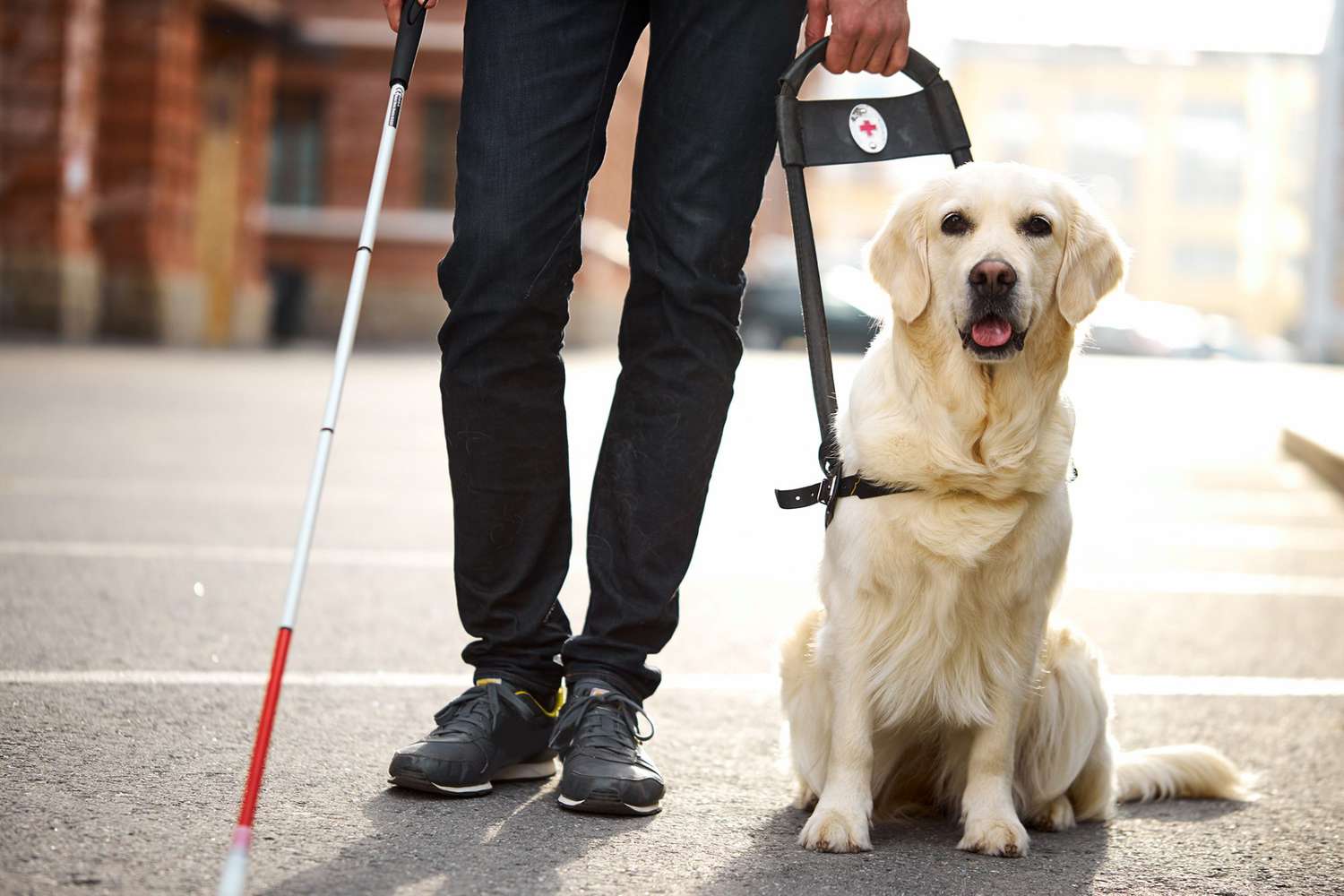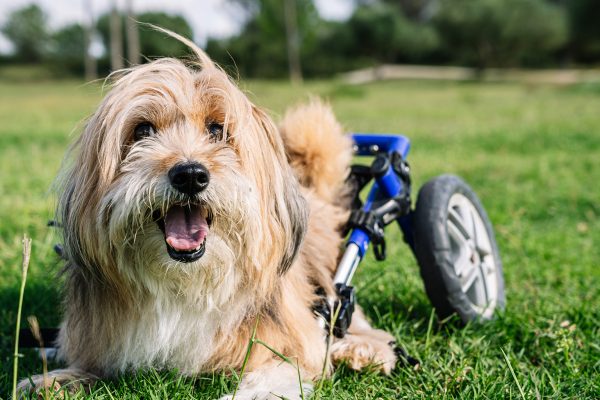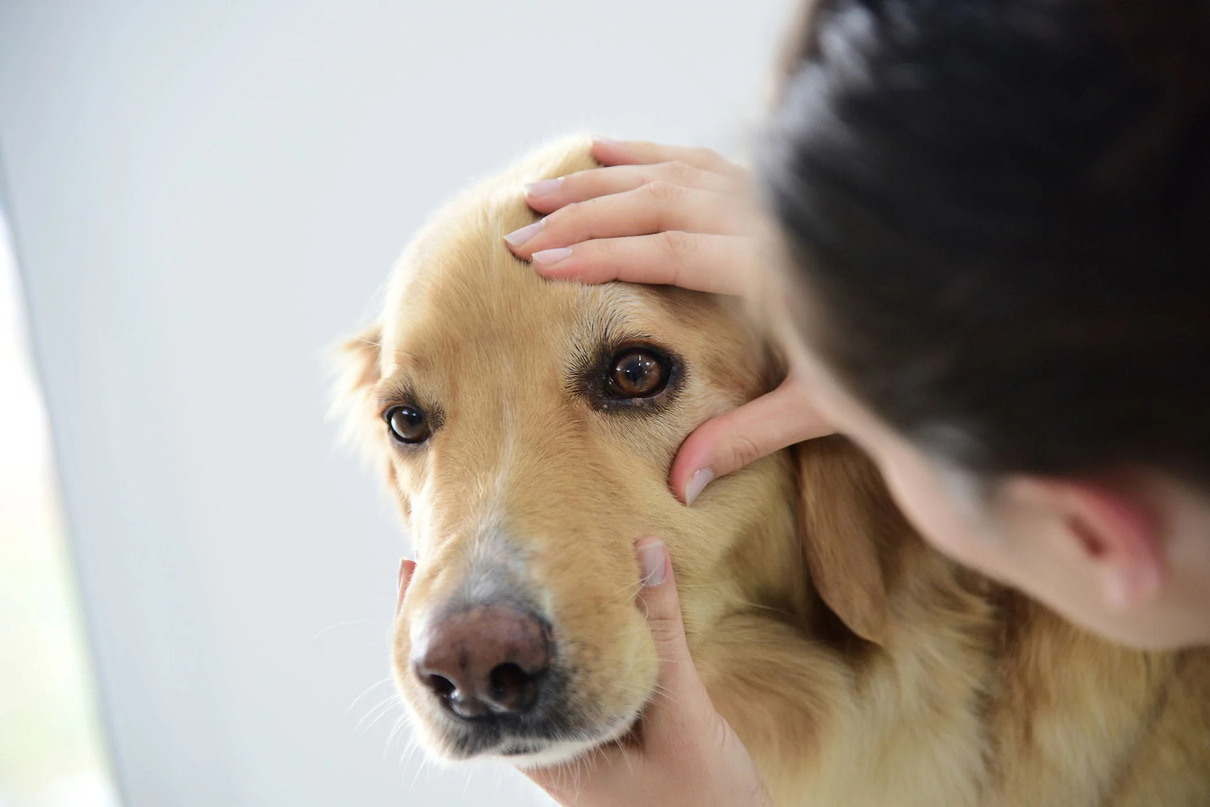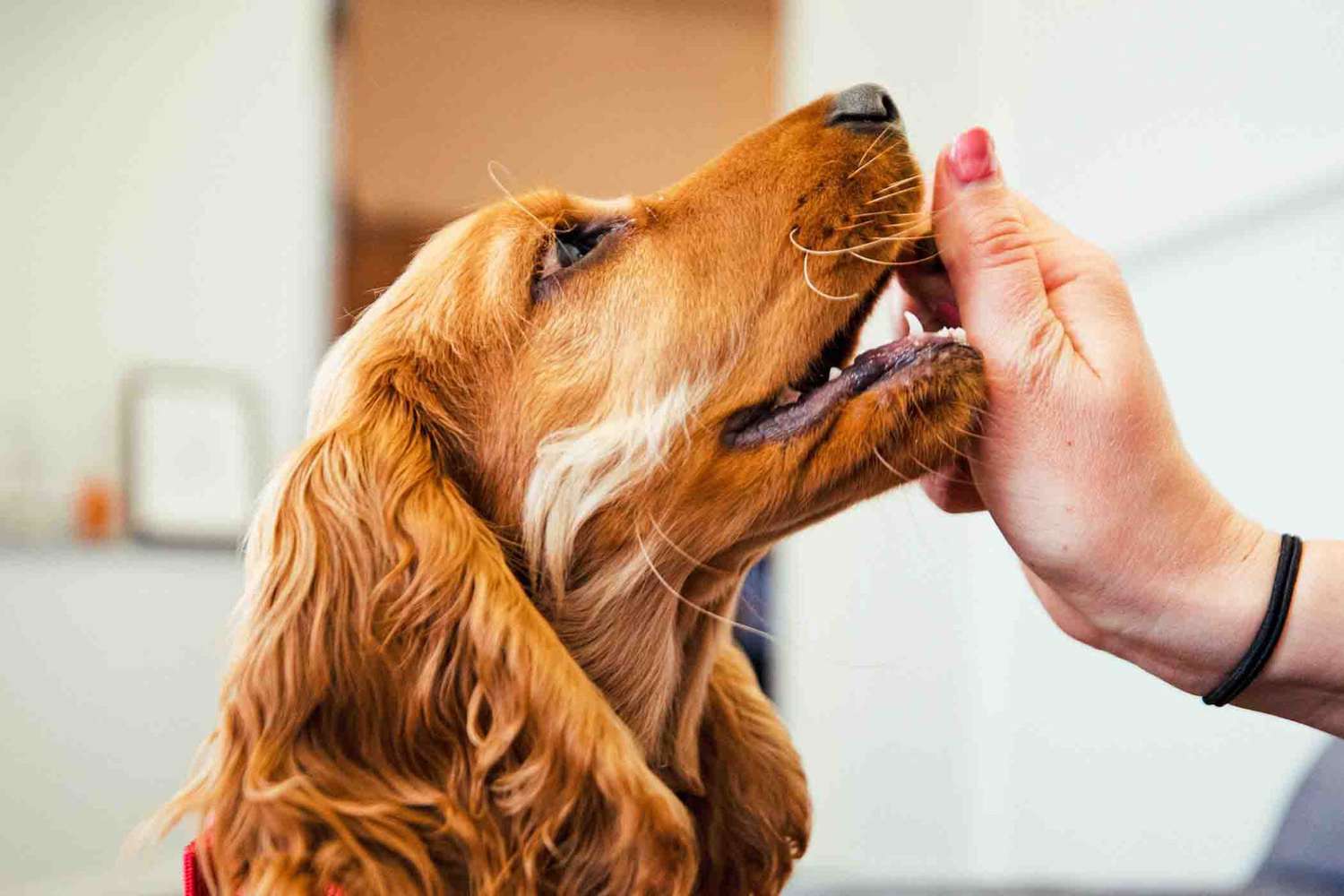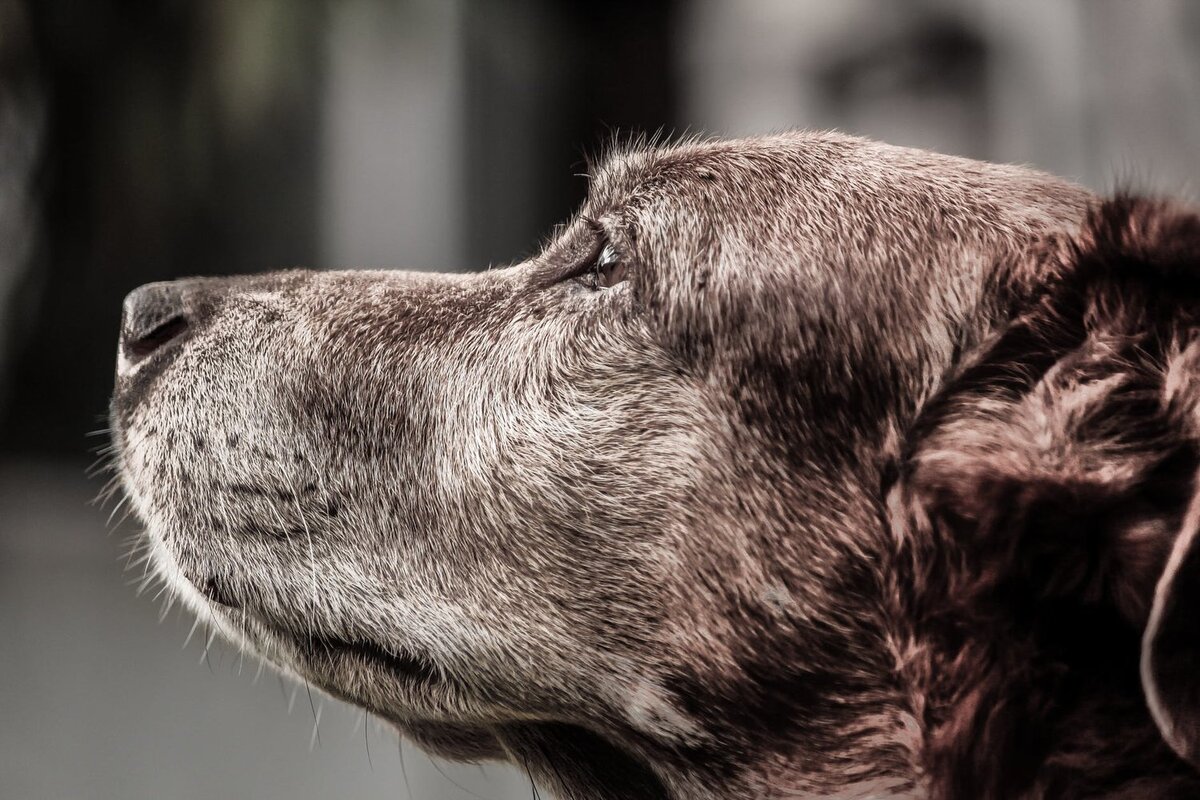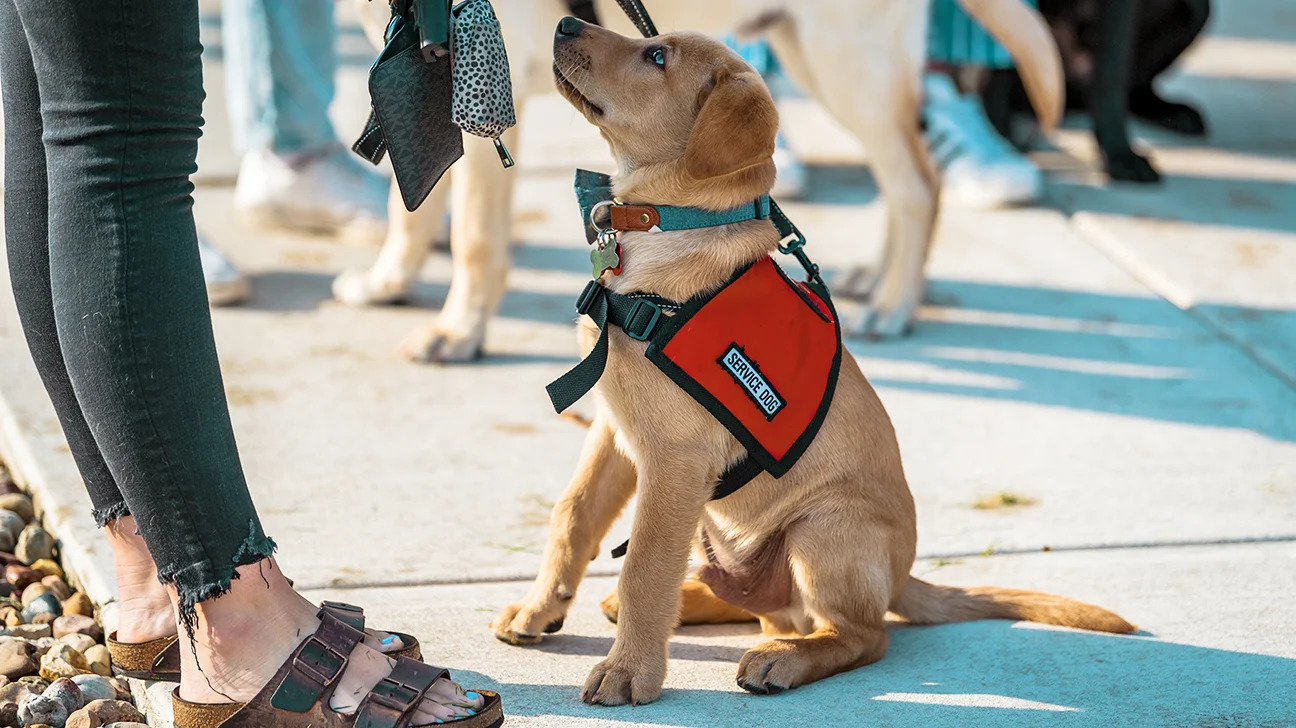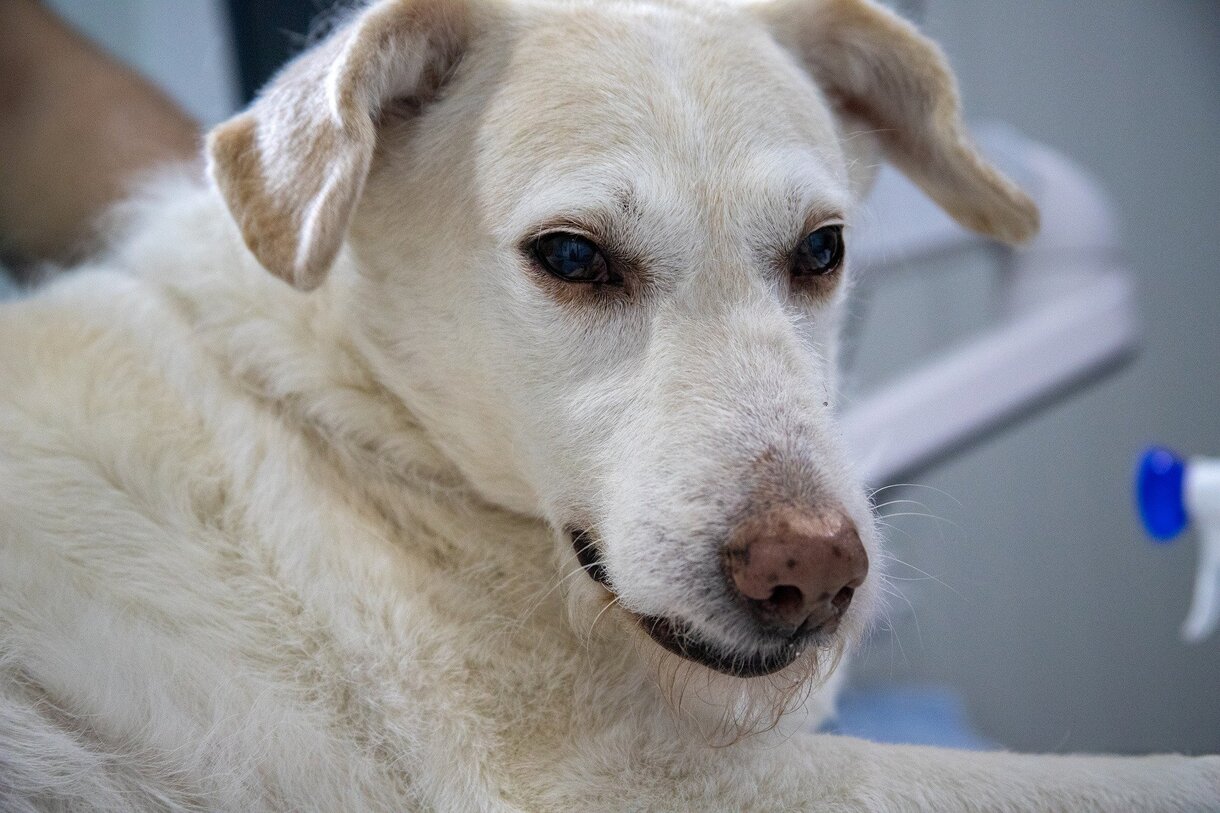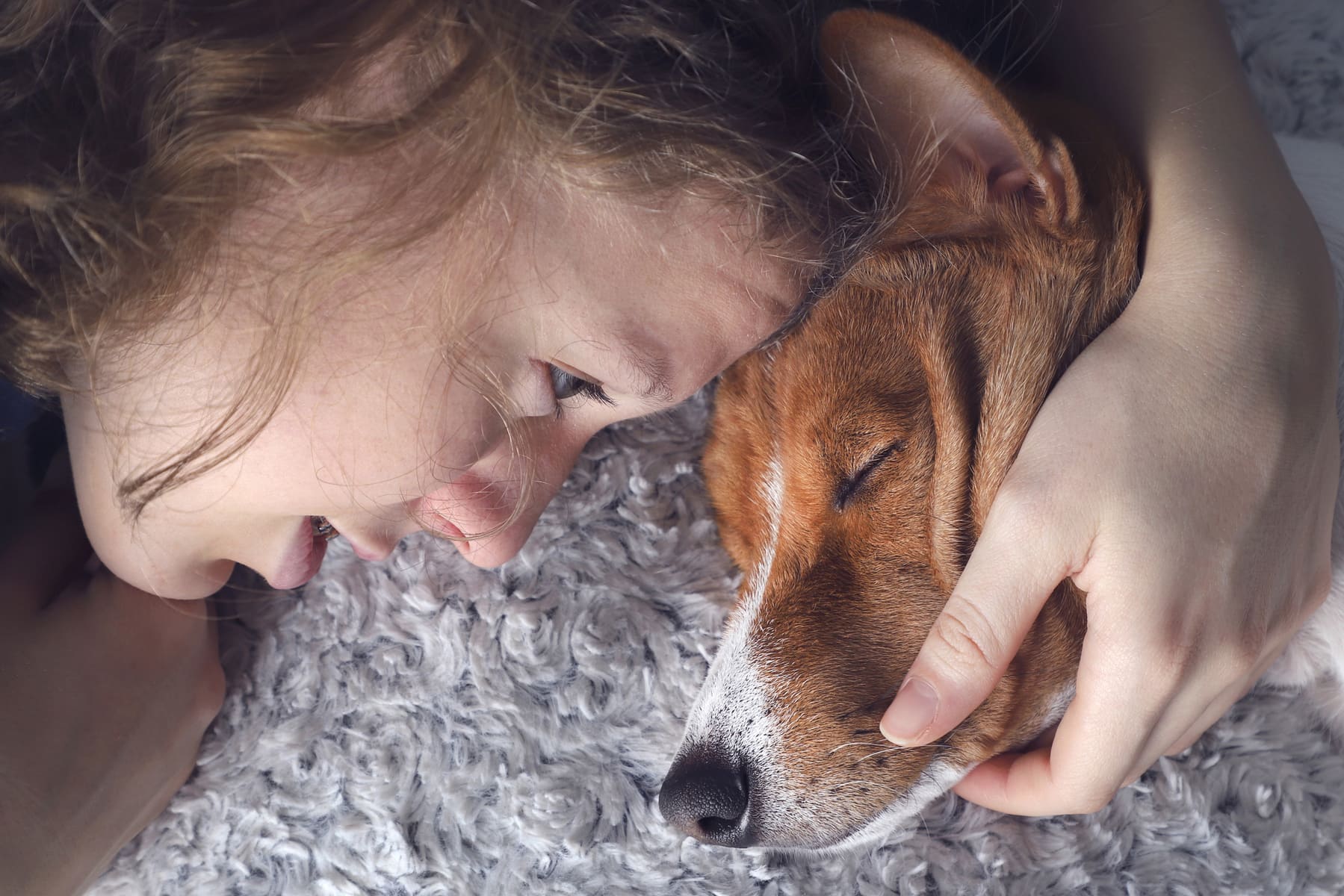Home>Health & Wellness>Behavior & Cognitive Care>How To Help A Senior Dog In Pain
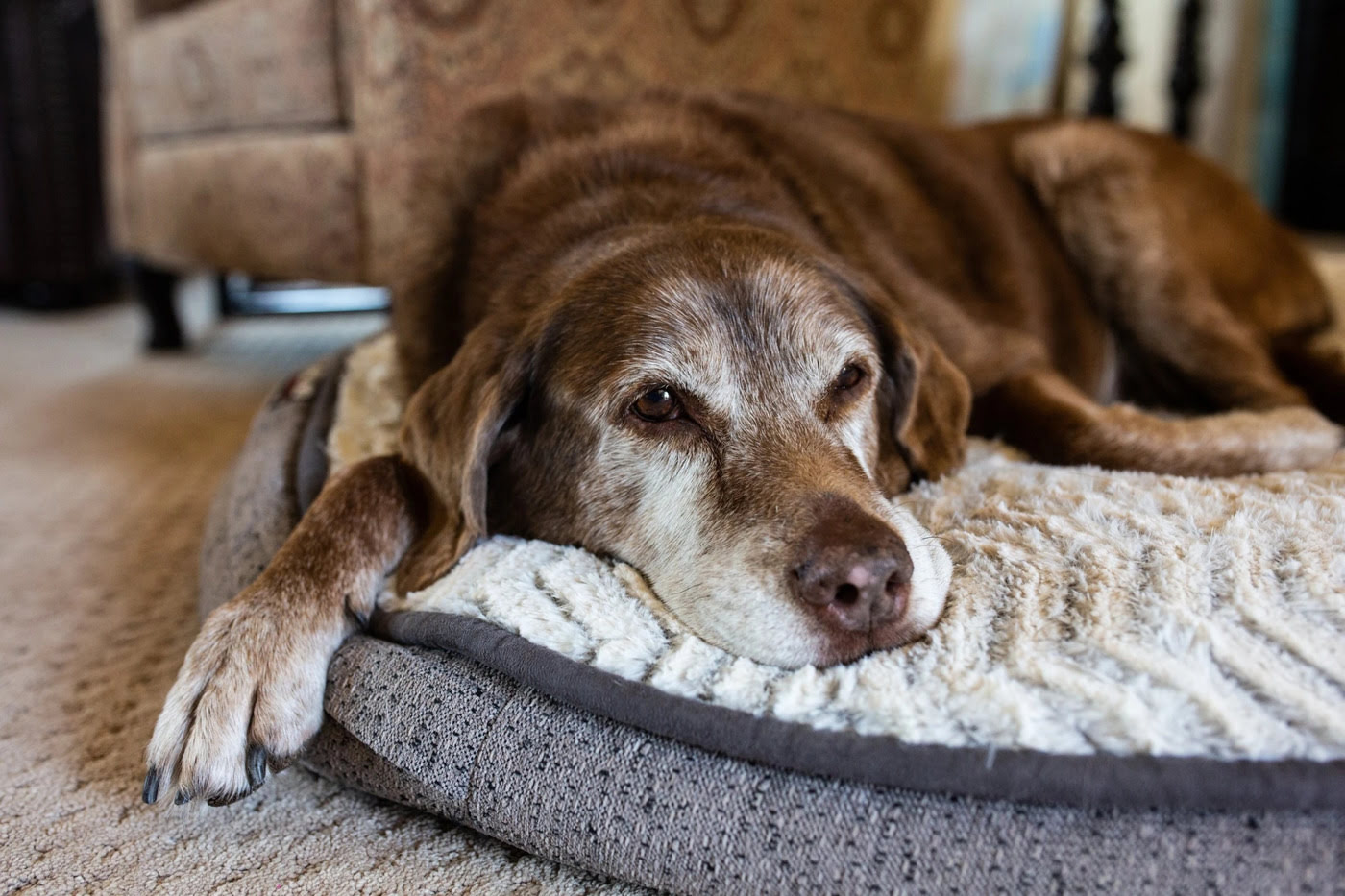

Behavior & Cognitive Care
How To Help A Senior Dog In Pain
Published: February 1, 2024
Learn effective ways to support your senior dog's behavior and cognitive care to alleviate pain and improve their quality of life. Discover expert tips and strategies for helping your aging canine companion.
(Many of the links in this article redirect to a specific reviewed product. Your purchase of these products through affiliate links helps to generate commission for Pawsomeoldies.com, at no extra cost. Learn more)
Table of Contents
Understanding the Signs of Pain in Senior Dogs
As our beloved canine companions age, it's crucial to be attuned to the signs that may indicate they are experiencing pain. While dogs are known for their stoic nature, they can still suffer from various ailments that cause discomfort. Recognizing these signs is essential for providing them with the care and support they need in their senior years.
One of the most common indicators of pain in senior dogs is changes in behavior. Keep an eye out for unusual restlessness, reluctance to move, or a decrease in activity level. If your once energetic and playful dog becomes lethargic or disinterested in activities they used to enjoy, it could be a sign that they are in pain. Additionally, watch for changes in their eating habits, such as decreased appetite or difficulty chewing, as these can also be linked to discomfort.
Physical signs of pain may manifest as limping, difficulty standing up or lying down, or a reluctance to climb stairs or jump onto furniture. You may also notice excessive panting, trembling, or licking of specific areas of their body. Furthermore, changes in their posture or a hunched back can indicate that they are experiencing discomfort.
Another crucial aspect to observe is their vocalization. While some dogs may become more vocal when in pain, others may become unusually quiet. Whining, whimpering, or even growling when touched can be indicative of pain, especially if it's out of character for your dog.
It's important to pay attention to any changes in their grooming habits as well. A decrease in self-grooming, unkempt fur, or a reluctance to be touched in certain areas can signal that they are experiencing discomfort.
In addition to these behavioral and physical signs, it's essential to be mindful of any changes in their overall demeanor. If your senior dog seems more irritable, anxious, or withdrawn, it could be a response to pain.
Understanding these signs and being proactive in addressing them is crucial for ensuring the well-being of senior dogs. By recognizing and acknowledging their pain, we can take the necessary steps to alleviate their discomfort and improve their quality of life in their golden years.
Consulting with a Veterinarian for Pain Management Options
When a senior dog exhibits signs of pain, seeking professional guidance from a veterinarian is paramount in ensuring their well-being. Veterinarians possess the expertise to accurately diagnose the source of a dog's discomfort and recommend appropriate pain management strategies tailored to the individual needs of the canine patient.
Upon consulting with a veterinarian, a comprehensive assessment of the senior dog's health and medical history will be conducted. This may involve a physical examination, diagnostic tests, and a detailed discussion of the dog's symptoms and behavioral changes. Through this thorough evaluation, the veterinarian can identify the underlying cause of the pain, whether it stems from arthritis, orthopedic issues, dental problems, or other health conditions commonly seen in senior dogs.
Based on the diagnosis, the veterinarian will propose a personalized pain management plan. This may include a combination of pharmaceutical interventions, such as nonsteroidal anti-inflammatory drugs (NSAIDs), analgesics, or other prescription medications designed to alleviate pain and inflammation. It's crucial for dog owners to adhere strictly to the prescribed dosage and administration schedule, while also being vigilant for any potential side effects.
In addition to pharmaceutical options, veterinarians may recommend complementary approaches to pain management. These could encompass physical therapy, acupuncture, laser therapy, or therapeutic exercises tailored to improve the dog's mobility and alleviate discomfort. Furthermore, dietary modifications and weight management strategies may be advised to alleviate strain on the dog's joints and enhance their overall well-being.
Throughout the consultation process, veterinarians play a pivotal role in educating dog owners about the nature of their pet's pain and the available management options. They provide valuable insights into recognizing pain cues, monitoring the dog's response to treatment, and making necessary adjustments to the pain management plan as the dog's condition evolves.
By collaborating closely with a veterinarian, dog owners can gain a deeper understanding of their senior dog's pain and access the most effective and compassionate care. This partnership fosters a holistic approach to pain management, prioritizing the comfort and vitality of senior dogs as they navigate the challenges of aging.
In essence, the expertise and guidance of veterinarians are indispensable in devising a tailored pain management regimen that addresses the unique needs of senior dogs, ultimately enhancing their quality of life and fostering a sense of comfort and well-being in their later years.
Providing Comfort and Support for a Senior Dog in Pain
Ensuring the comfort and well-being of a senior dog in pain is a compassionate endeavor that requires a thoughtful and attentive approach. By implementing strategies to provide comfort and support, dog owners can significantly alleviate their furry companions' distress and enhance their quality of life during this challenging phase of their lives.
One fundamental aspect of providing comfort for a senior dog in pain is creating a cozy and nurturing environment. This involves offering a soft and supportive bed that cushions their joints and provides relief from discomfort. Additionally, ensuring that the dog's living space is warm and draft-free can help soothe their aching muscles and joints, especially during colder seasons.
Physical touch and gentle massages can be remarkably soothing for senior dogs experiencing pain. Engaging in gentle petting and massage sessions not only fosters a sense of emotional connection but also promotes relaxation and alleviates muscle tension. It's essential to be attuned to the dog's responses and preferences, adjusting the pressure and duration of the massages to suit their comfort levels.
Furthermore, maintaining a consistent and predictable routine can offer a sense of security and stability for senior dogs coping with pain. Establishing regular mealtimes, exercise periods, and rest intervals can help minimize stress and anxiety, contributing to their overall comfort. Additionally, creating a quiet and peaceful space where the dog can retreat and rest undisturbed can be immensely beneficial.
Dietary adjustments tailored to the specific needs of a senior dog in pain can play a pivotal role in enhancing their comfort. Providing a well-balanced and nutritious diet, supplemented with joint-supporting nutrients such as glucosamine and omega-3 fatty acids, can aid in managing their pain and promoting overall joint health. Consulting with a veterinarian to determine the most suitable dietary plan is essential in addressing the dog's individual requirements.
Incorporating mental stimulation and gentle exercise into the daily routine of a senior dog can contribute to their comfort and emotional well-being. Engaging in low-impact activities, such as short walks and interactive play sessions, can help maintain their mobility and cognitive function while minimizing the impact on their painful joints.
Ultimately, providing comfort and support for a senior dog in pain necessitates a holistic and empathetic approach. By attending to their physical, emotional, and environmental needs, dog owners can create a nurturing and comforting atmosphere that significantly eases their beloved companion's discomfort and enhances their overall quality of life.
In essence, the provision of comfort and support for senior dogs in pain is a testament to the unwavering bond between humans and their canine companions, embodying a commitment to compassion and care as they navigate the challenges of aging and physical discomfort.
Making Adjustments to the Home Environment for a Senior Dog in Pain
Creating a supportive and accommodating home environment is essential for senior dogs coping with pain. By making thoughtful adjustments to the living space, dog owners can significantly enhance their furry companions' comfort and mobility, thereby fostering a nurturing and pain-relieving atmosphere.
One crucial aspect of adapting the home environment for a senior dog in pain is ensuring easy access to essential areas. This involves strategically placing their food and water bowls, bedding, and favorite resting spots on the ground level to minimize the need for strenuous climbing or jumping. Additionally, providing non-slip mats or rugs in areas where the dog frequently walks can prevent accidental slips and falls, reducing the risk of exacerbating their pain.
Creating a designated area that is easily accessible and comfortable for the dog to rest and relax is paramount. This space should be equipped with a supportive and orthopedic bed, ideally placed in a quiet and low-traffic area to offer the dog a peaceful retreat. By establishing a cozy and inviting resting spot, dog owners can facilitate their senior companion's ability to seek relief and relaxation whenever needed.
Furthermore, optimizing the home environment to accommodate the dog's mobility challenges is crucial. For instance, installing ramps or gentle inclines to facilitate movement onto elevated surfaces, such as sofas or beds, can alleviate the strain on their joints and muscles. Similarly, providing well-placed and sturdy handrails or support bars in areas where the dog may require assistance, such as navigating stairs or getting in and out of the house, can enhance their stability and confidence.
Ensuring adequate lighting throughout the home is essential for senior dogs with pain, as it minimizes the risk of disorientation and potential accidents. Well-lit pathways and living areas can help the dog navigate their surroundings with ease, reducing anxiety and promoting a sense of security.
In addition to physical adjustments, maintaining a calm and peaceful atmosphere within the home is crucial for senior dogs in pain. Minimizing loud noises, abrupt movements, and disruptive activities can help create a serene and stress-free environment, contributing to the dog's overall comfort and well-being.
By making these thoughtful adjustments to the home environment, dog owners can create a supportive and nurturing space that caters to the specific needs of their senior companion. This proactive approach not only enhances the dog's comfort and mobility but also fosters a sense of security and tranquility, ultimately enriching their quality of life during this stage of their journey.
Exploring Alternative Therapies for Pain Relief in Senior Dogs
In the pursuit of comprehensive pain management for senior dogs, exploring alternative therapies can offer valuable avenues for relief and comfort. These non-conventional approaches, often complementary to traditional veterinary care, encompass a diverse range of modalities designed to alleviate pain, enhance mobility, and promote overall well-being in senior canine companions.
One prominent alternative therapy for pain relief in senior dogs is acupuncture, a practice rooted in traditional Chinese medicine. By stimulating specific points on the body with fine needles, acupuncture aims to alleviate pain, reduce inflammation, and enhance the body's natural healing processes. This holistic approach can be particularly beneficial for senior dogs suffering from musculoskeletal conditions, arthritis, or age-related discomfort, offering a gentle and non-invasive method of pain management.
Another alternative modality gaining recognition for its therapeutic benefits is canine massage therapy. Through gentle and targeted massage techniques, this practice aims to alleviate muscle tension, improve circulation, and promote relaxation in senior dogs. Additionally, massage therapy can foster emotional well-being, strengthen the human-dog bond, and contribute to the overall comfort and vitality of senior canine companions.
Furthermore, the use of therapeutic laser treatment has emerged as a promising alternative therapy for pain relief in senior dogs. Low-level laser therapy, when administered by trained professionals, can effectively reduce pain, inflammation, and swelling in targeted areas, thereby enhancing the mobility and comfort of senior dogs experiencing musculoskeletal discomfort or age-related joint issues.
In addition to these modalities, the incorporation of hydrotherapy as an alternative therapy for pain relief in senior dogs has garnered attention for its rehabilitative and pain-alleviating properties. Under the guidance of experienced practitioners, hydrotherapy, which includes swimming and underwater treadmill exercises, can provide low-impact physical activity, improve joint mobility, and alleviate discomfort in senior dogs with orthopedic conditions or age-related stiffness.
Moreover, the integration of herbal medicine and dietary supplements tailored to the specific needs of senior dogs can offer alternative avenues for pain relief and joint support. Natural remedies such as turmeric, omega-3 fatty acids, and glucosamine have been recognized for their anti-inflammatory properties and potential to enhance the overall comfort and mobility of senior canine companions.
By exploring these alternative therapies, dog owners can broaden the spectrum of pain management options available to their senior companions, fostering a comprehensive and holistic approach to their well-being. When integrated thoughtfully and in collaboration with veterinary guidance, these alternative modalities can contribute to the alleviation of pain, the enhancement of mobility, and the promotion of a comfortable and fulfilling life for senior dogs.


